Danone commits to cut dairy methane emissions in partnership with farmers and EDF
EDF + Business
JANUARY 16, 2023
The global dairy company Danone is taking a big step forward by pledging to work with its farmer suppliers to reduce methane emissions from its fresh milk supply chain by 30% by 2030. . It aims to achieve significant methane cuts while feeding a growing population and protecting the livelihoods of farmers around the world.


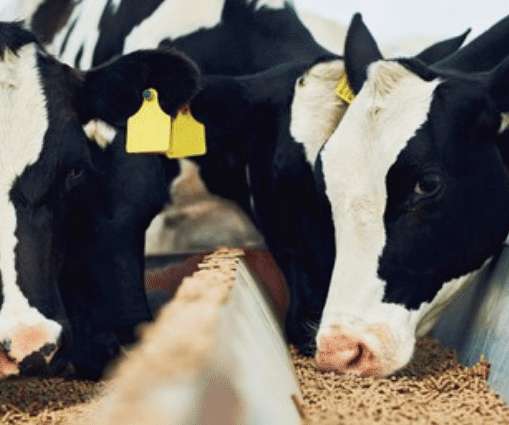
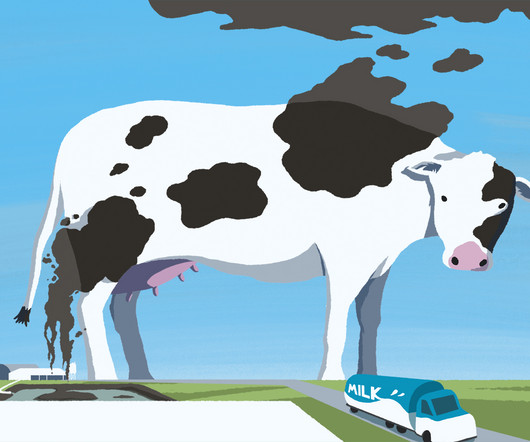
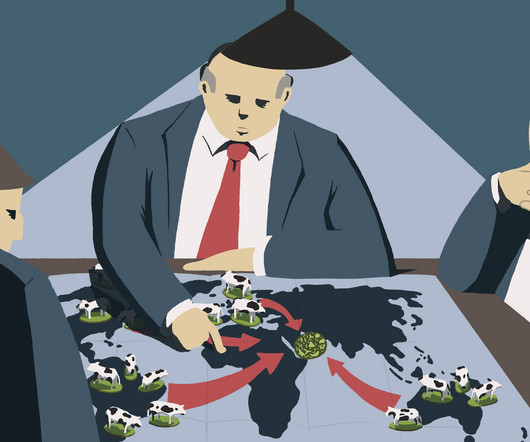
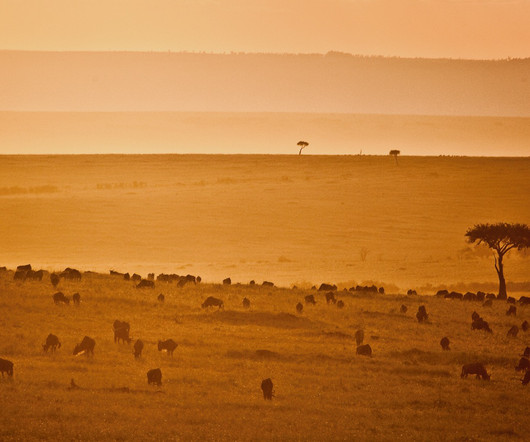
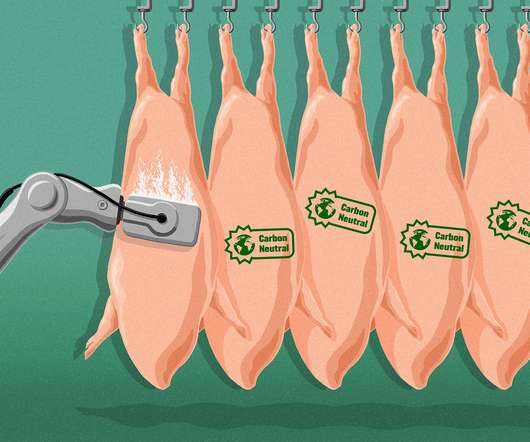
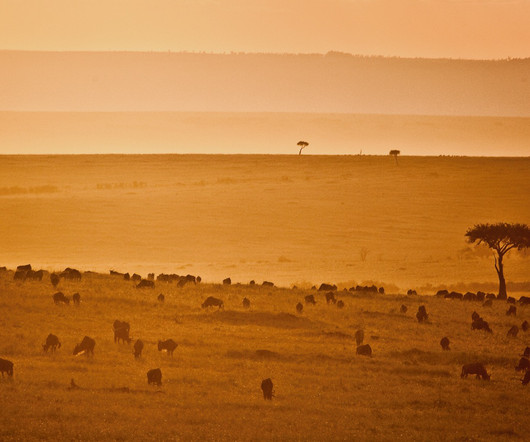
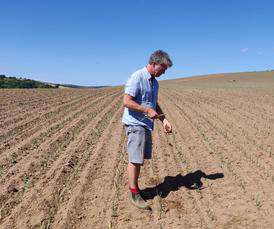
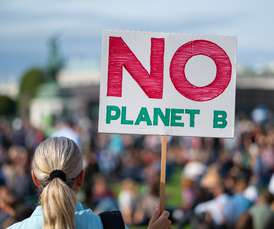
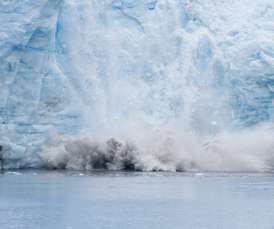
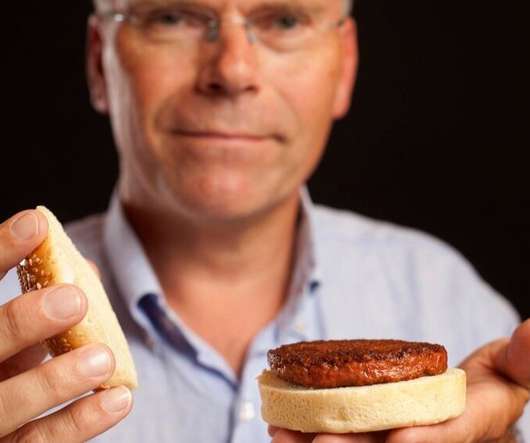
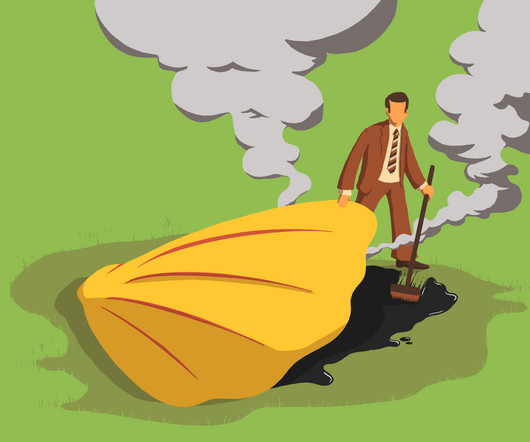








Let's personalize your content